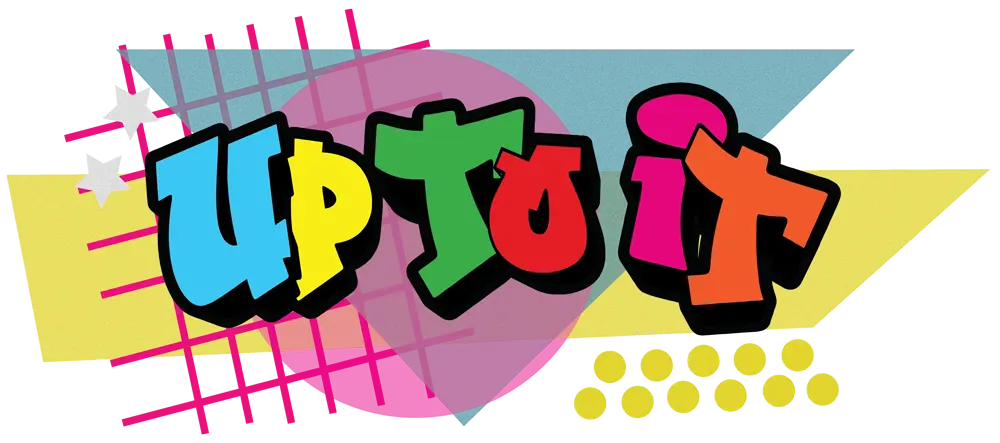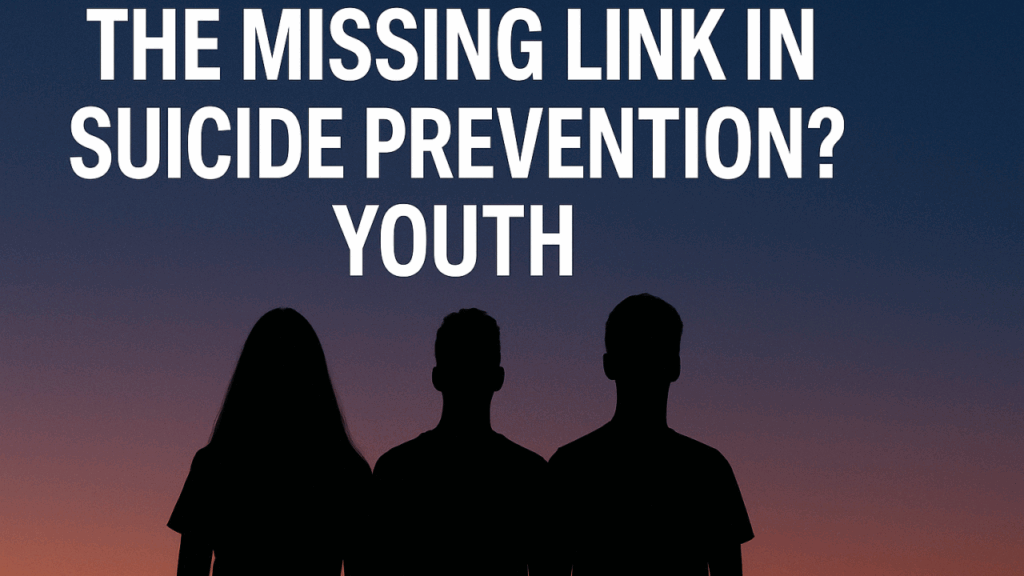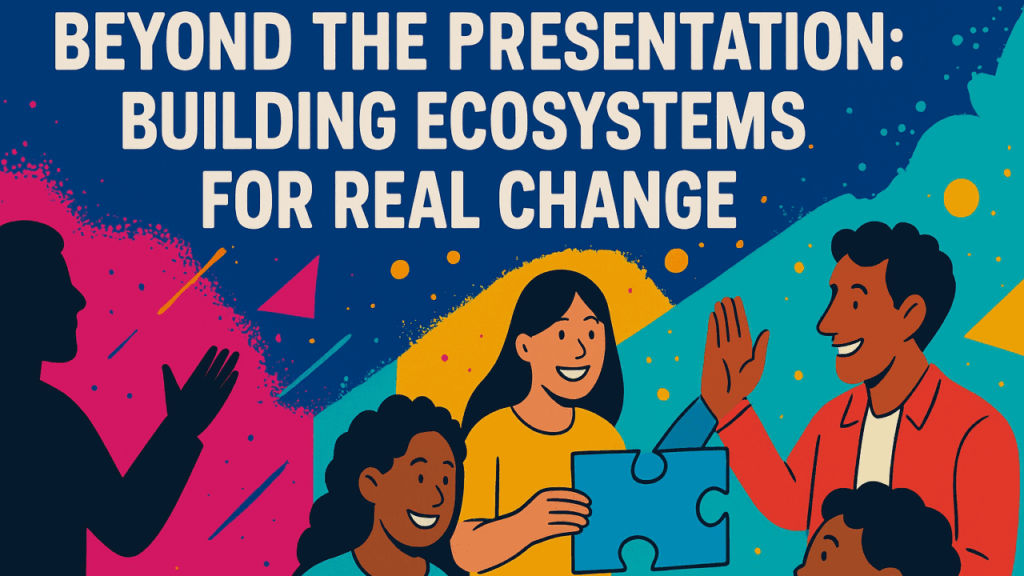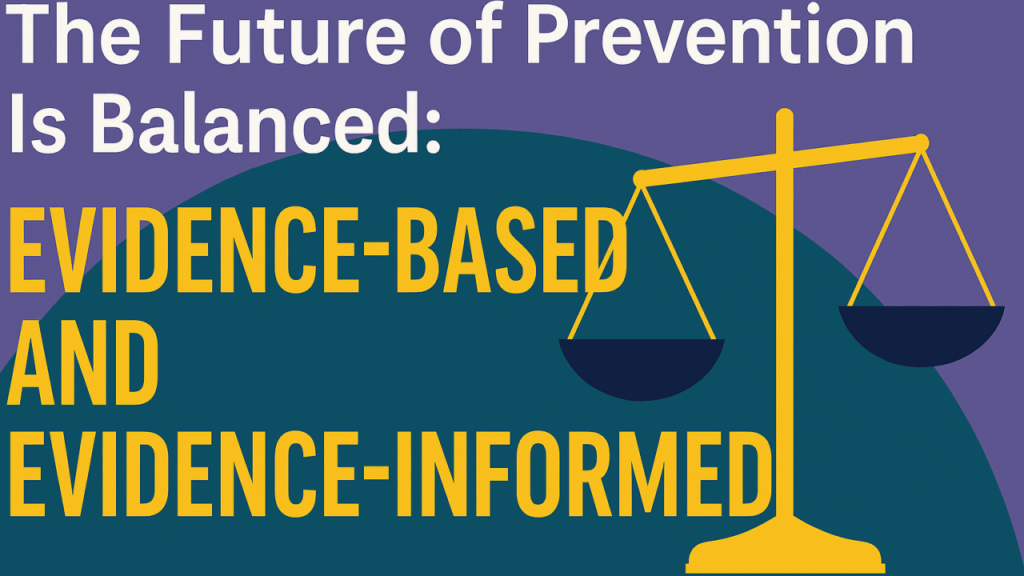Let’s keep it real— Suicide prevention coalitions are doing meaningful, important work. But there’s still one critical piece missing from the table:
Youth.
Only an estimated 30–40% of suicide prevention coalitions have a structured youth group or leadership component. And even fewer consistently bring youth into the planning, messaging, or implementation of the work that directly affects them.
So while we talk about youth voice being important… most of the work is still being built without them.
(Estimate based on informal reviews of state coalition directories and findings discussed in community prevention forums, including CADCA and the Suicide Prevention Resource Center’s State and Tribal Grant reports.)
This isn’t a criticism. It’s a call-in.
Coalition work is hard. There are a million fires to put out, a dozen grants to manage, and way too many Zoom meetings.
But if we want long-term, community-driven impact, youth voice can’t be an afterthought.
It needs to be a pillar.
And here’s the truth: youth don’t need a seat at the table—they need to help build the table.(Ooo—did I just say that? Somebody write that down.)
What’s getting in the way?
From my work across the country, here’s what I hear most often from coalitions:
- “We tried, but the students didn’t show up.”
- “We don’t have staff to manage a youth group.”
- “We have a youth council, but they don’t actually lead anything.”
- “We don’t know how to make it meaningful for them.”
These are all valid challenges. But they’re also solvable with the right strategy, support, and intention.
Here’s what we know youth want:
- To be treated like partners, not token reps.
- To work on real projects that impact their schools and peers.
- To be supported, trained, and mentored by adults who believe in them.
- To express their stories in creative, fun and powerful ways.
- To know that what they say actually shapes the coalition’s work.
So what can coalitions do differently?
If you want to move from “youth-informed” to “youth-led,” start here:
Create a space that belongs to them. Let youth name it, design it, and set the tone.
Give them real influence. Let them review materials, pitch campaign ideas, and host events.
Support their growth. Invest in their leadership skills, emotional wellness, and creative expression—not just their labor.
Partner with organizations that can help. This is exactly where groups like mine— Up To It —come in. We collaborate with coalitions to develop youth advisory boards, train student leaders, and help them lead mental health campaigns that actually land with their peers and teach them about how to sustain that momentum they’ve built as well as funding to support their efforts!
Let’s make the shift—together.
If we say youth matter, we need to prove it. (In other words we need to put up or shut up.)
By giving them leadership opportunities. By letting them shape the narrative. By making space for their voice—early and often.
That’s how we prevent suicide. That’s how we build trust. That’s how we create coalitions that last beyond the funding cycle.
Because in the end, the most sustainable solutions are the ones built with the people we serve.



